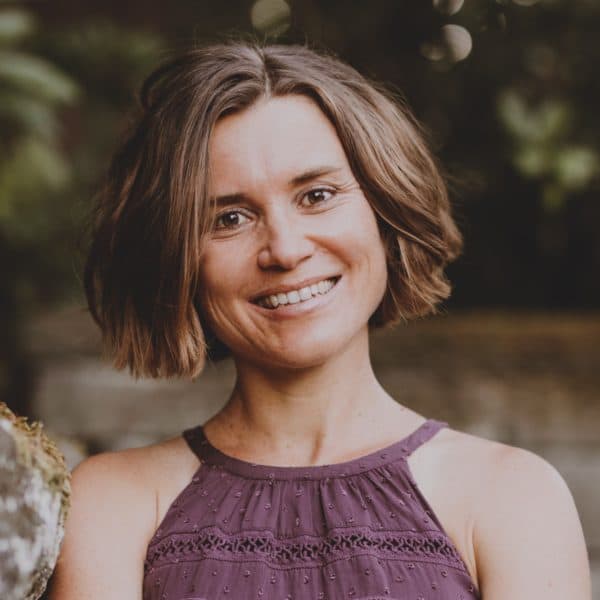Advertisement
Commentary
How Our Assisted Dying Laws Work Against Some People Who Suffer The Most

No matter where you stand on the right to die, the recent New York Times feature on Marieke Vervoort’s life or death decision likely touched a chord. After years of blinding pain brought on by a degenerative muscle disease, the Paralympic Belgian medalist opted for a medically assisted death. Though Vervoort’s struggles transcend borders, her ability to die this way does not.
Vervoort’s death remains unthinkable under current U.S. laws, even though nine states and the District of Columbia now sanction a medically assisted death. If Belgium has the most liberal assisted dying legislation in the world, America has the most restrictive. We are miles away from permitting people with excruciating — but open-ended — degenerative diseases assistance in dying.
As a cultural anthropologist, I have spent the last four years researching how access to assisted dying is transforming the ways Americans die. In my time with those at the front lines of aid-in-dying in this country, I came to understand one thing: An assisted death is the path not of least, but of most, resistance. Those intending to pursue it need to overcome an array of obstacles and red tape, at a time when their health is quickly failing.
I also witnessed how empowering an assisted death can be — for the dying and for those who remain behind.
After a contentious, century-long struggle to legalize medical assistance in dying in America, Oregon became the first state to enact an assisted dying law in 1997. In anticipation of strong opposition, the statute was laced with a lengthy list of restrictions and safeguards. Since then, each state that has added an assisted dying law to their books has either followed the Oregon model or, in the case of Hawaii, added more constraints.
Vervoort qualified for Belgian’s assisted dying law 11 years before her death, affording her time to carefully ponder her decision — and time to achieve the pinnacle of her athletic career. Knowing she had the right to die gave her an exit strategy if things took a turn for the worse. And they did.
Those who seek an assisted death in America operate within a much more compressed window of time: By the time they request an assisted death, they must already be within six months of the end of their life, as certified by two physicians. Unbearable suffering and an incurable medical condition like Vervoort’s (progressive tetraplegia) aren’t enough to qualify someone for an assisted death in America. Patients must also be within imminent reach of their death.
Advertisement
Yet by the time a patient in America becomes eligible for an assisted death, they may have missed the window when they can self-administer the lethal drugs. Unlike the Belgian or Canadian law, which permit a physician to inject a patient with a fatal dose of narcotics, assisted dying laws in America specify that no one can administer these drugs for anyone else. Euthanasia is expressly forbidden.
An assisted death is the path not of least, but of most, resistance.
And yet, says Dr. Lou Libby, a pulmonologist from Portland, Oregon, many advanced neuro-degenerative diseases, such as ALS, make it impossible for patients to self-administer the drugs: “The law was not written for ALS. You have to be able to ingest the medication yourself. And here you have got all these patients who can’t even swallow.”
In stark contrast to Vervoort’s ability to plan her death years in advance, American patients are painfully aware of their ever-shrinking window to use the law at all.
Even so, terminally ill patients who seek an assisted death in America report the same kind of motivations that drove Vervoort to take that path: the desire to reclaim a modicum of control, in a situation that has caused them to feel utterly powerless and disenfranchised. When illness has taken away as much from a person as it took from Vervoort, the idea of having a say over the timing and manner of your death can bring enormous relief.
Elizabeth Hardy, a 68-year-old Oregonian with progressive cerebellar ataxia, gained access to the coveted bottle of life-ending medications nine years after her initial diagnosis. By then, the neuropathy pains shooting down her legs had become so severe, she would call out in distress multiple times a night.
“The option of taking the medication gave her back a little bit of what nature had taken from her. I watched an obvious peace return to her,” her husband, Glen, told me. “It was like having an ace up our sleeves.”
In the end, his wife never took the lethal dose; she died from a sudden bout of pneumonia. But just knowing she could take it allowed her to live out her final weeks feeling calm.
In Massachusetts, terminally ill patients don’t yet have the option to die on their own terms. Last month, the Massachusetts Superior Court formally refused to sanction the right of patients to end their lives with the assistance of their physician. The fate of the latest aid-in-dying proposal in the legislature, the End of Life Options Act, continues to remain uncertain.
We can and should do better, for those who are more afraid of living than they are of dying.
